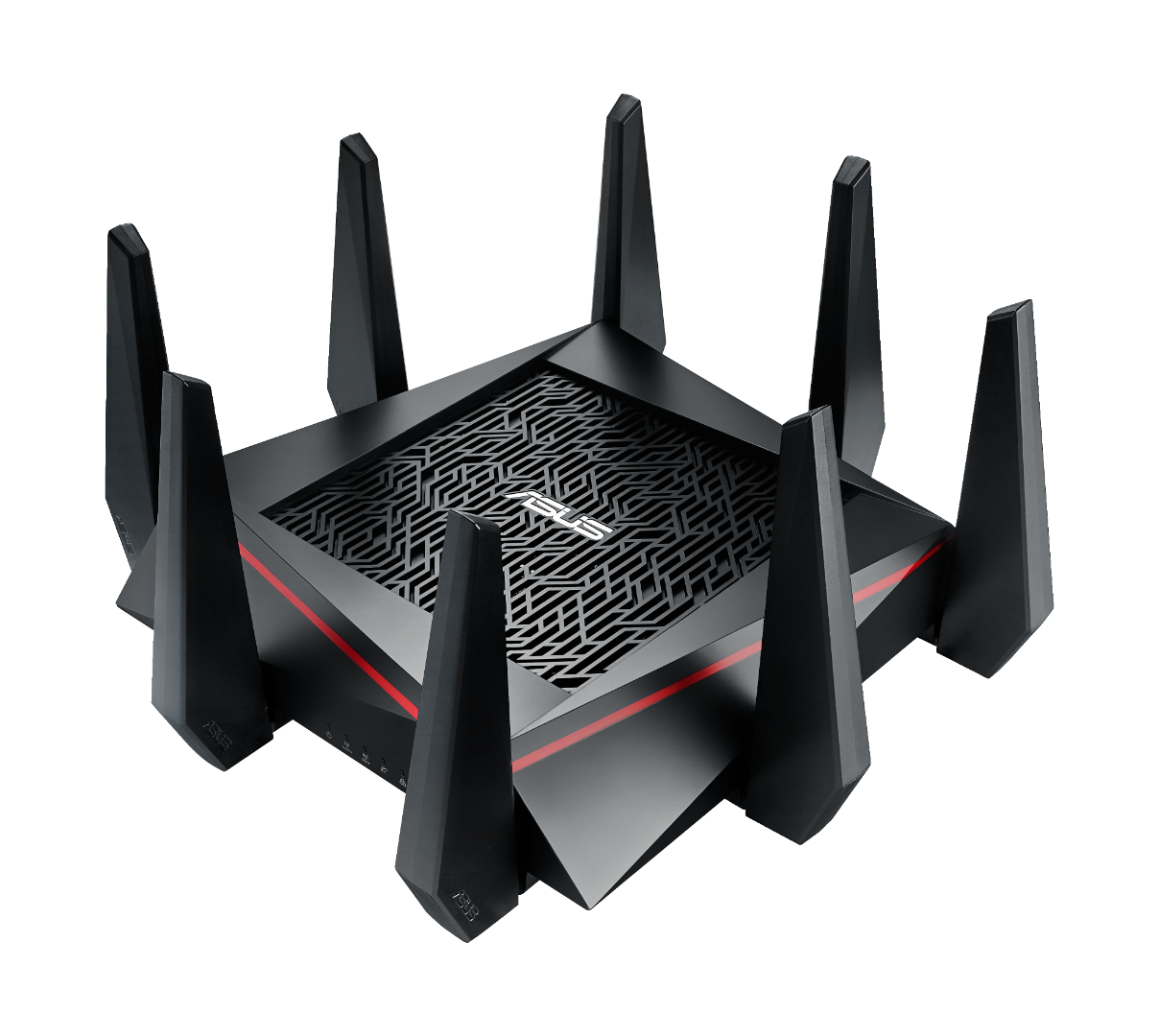You may be in an area where the mains power cables are strung between poles and there are many trees alongside the cables, Similarly, your neighbourhood may use very old infrastructure for its mains power supply. As well, your electricity supply utility may be regularly engaging in “load-shedding” practices where it may reduce power to certain customers in order to avoid the need to generate extra power.
Sometimes, the premises that you are in may have very old electrical infrastructure that is undersized for modern needs and you may experience situations where the fuses blow too frequently. You may also have an appliance that is “on its last legs” so much so that it causes the fuses to blow or the circuit breaker or earth-leakage circuit breaker (safety switch) to trip when it is used.
In these situations, there is an increased likelihood of unreliable power and whenever the power comes back on, you may have problems getting your home network and Internet service up and running.
Equipment reset procedures
One task you may have to do every time the power comes back after a power cut or surge would be to reset the network-Internet “edge” equipment. If you have a modem integrated in to your router, like most ADSL setups, you may be able to get away with just powering down the router, waiting 10 seconds, then powering up the router.
On the other hand, if you have a cable modem, FTTH fibre-optic modem, DSL modem (including high-speed VDSL2 modems that are part of some next-generation broadband setups) or similar equipment connected to the broadband router via an Ethernet cable and powered by its own power supply, you may have to use a different procedure when resetting your network.
This is to avoid the common access-mismatch situation when you power both devices up at the same time. In this situation, the router attempts to gain network-availability information from the external modem while the external modem is trying to re-establish its link with the Internet service provider and it may not have that link established by the time the router needs it. This usually leads to the router using a “private network” or “Auto-IP” address as its broadband (WAN) address rather than the proper Internet service IP address.
You then reset your network using this procedure outlined below:
- Disconnect both the router and the external modem from the power
- Wait 10 seconds
- Connect the external modem to the power
- Wait for the external modem’s CABLE or other media-specific connection light to become stable
- Then wait for the “service” or “Internet” light to glow steady.
- Once that has happened, connect the router to the power
- Wait for the router’s “Internet”, “Broadband” or “WAN” light to become stable. You should then have a stable connection by then
Some installations such as certain FTTH installations may have a separate modem located outside the house and you may not be able to reset that unit. Here, you may just get away with just resetting your router by powering it down, waiting 10 seconds then powering it up again.
After this, you may have to restart or reset network-attached storage devices and other equipment in order to make sure they know where they are on the network and they make themselves known to the rest of the network. This also means that you may have to either reboot your computers that were on or force them to re-obtain their IP address from the broadband router.
Use of an uninterruptible power supply unit with your network equipment
It may be worth using an uninterruptible power supply with the network-Internet “edge” equipment to keep the equipment working properly in an environment known for an unstable power supply. You may get away with the lower-capacity UPS devices like the APC Back-UPS ES series if you intend to provide this kind of power to the network-Internet “edge” and, perhaps, a VoIP ATA or cordless phone base station. This would be an imperative where the household phone service is provided by a VoIP service like the many “n-boxes” (Livebox, Freebox, etc) in France, or the newly launched iiNet “Bob” base station in Australia.
It is also a good idea to connect a high-capacity UPS to your network-attached storage device if you run one on your network. This unit can make sure that the NAS unit is managed properly through the power outages to avoid data corruption and hard-disk damage. Here, you could perhaps use the same higher-capacity unit also to run the network-Internet “edge” equipment or run this equipment on a separate low-capacity UPS.
You may deploy a UPS for your computer, perhaps to provide a graceful shutdown when the power goes down. Here, you would still need the separate UPS for the network equipmentin order to avoid competition for the reserve power that may be needed for your computer or server to complete a proper shutdown if need be.
Conclusion
When you know how to properly manage your home network when the mains power becomes unstable, you will be able to assure long service life for your equipment and “keep your head on” when these times come around.


